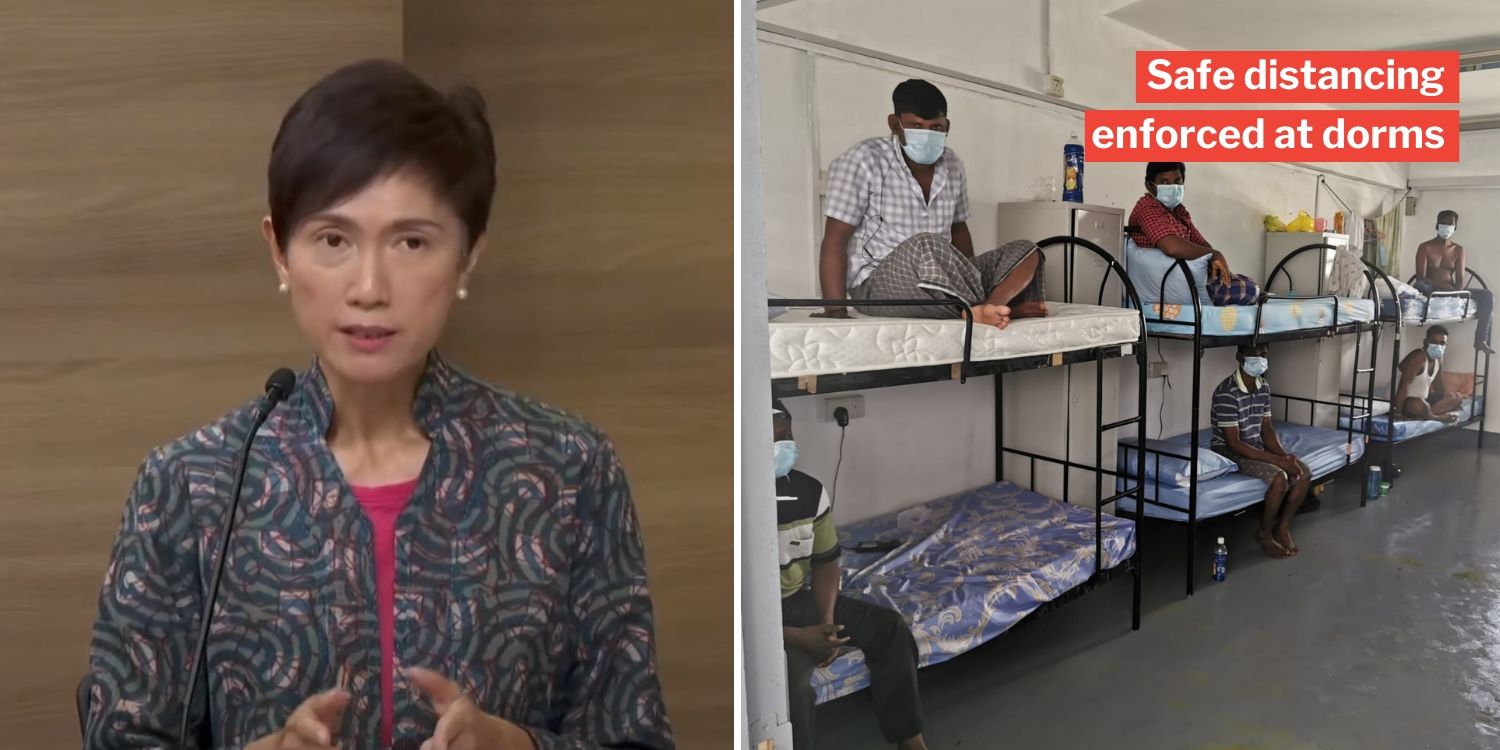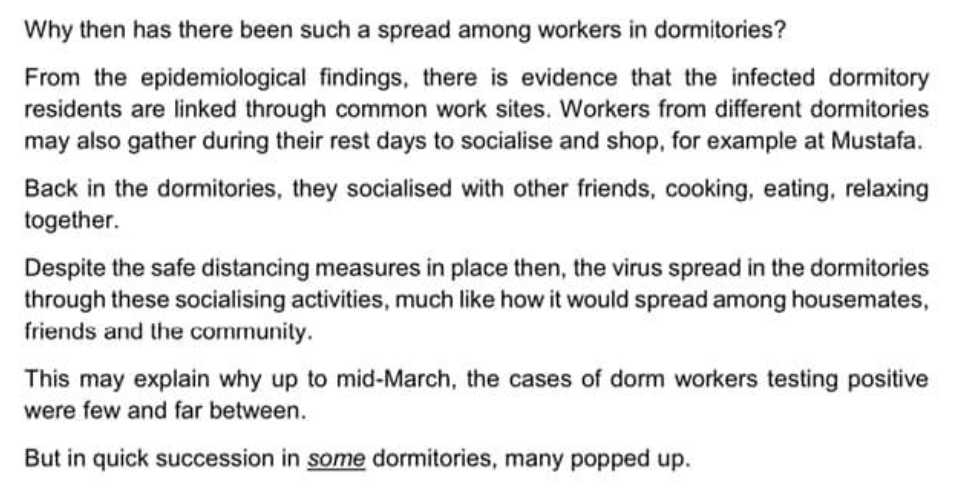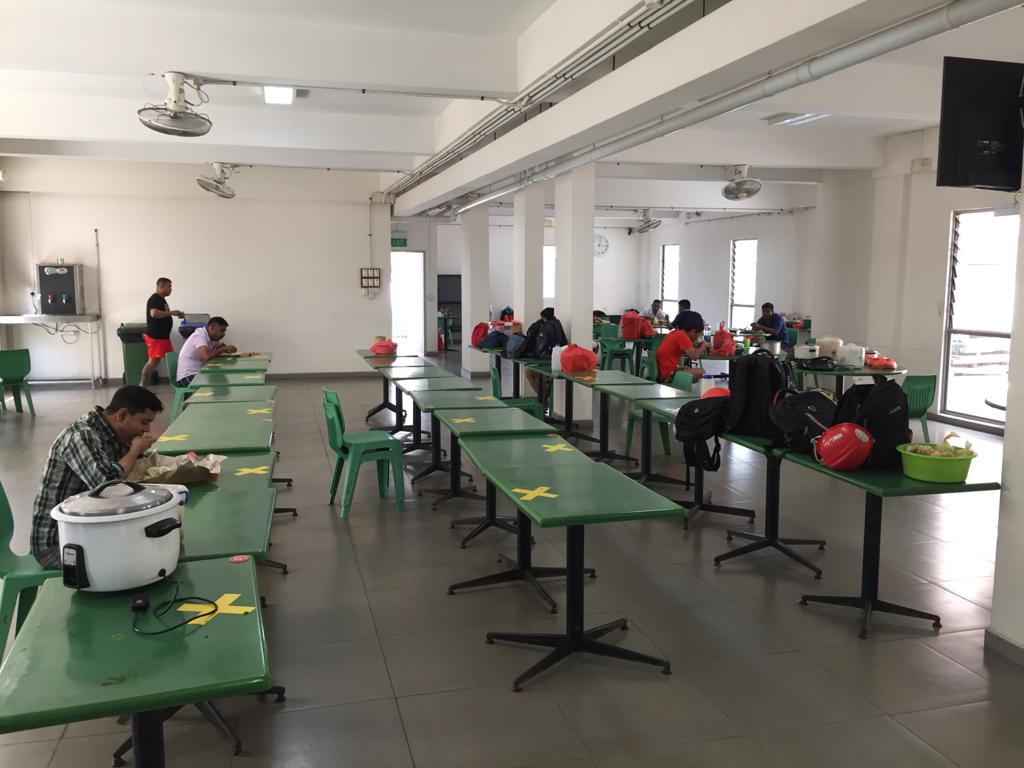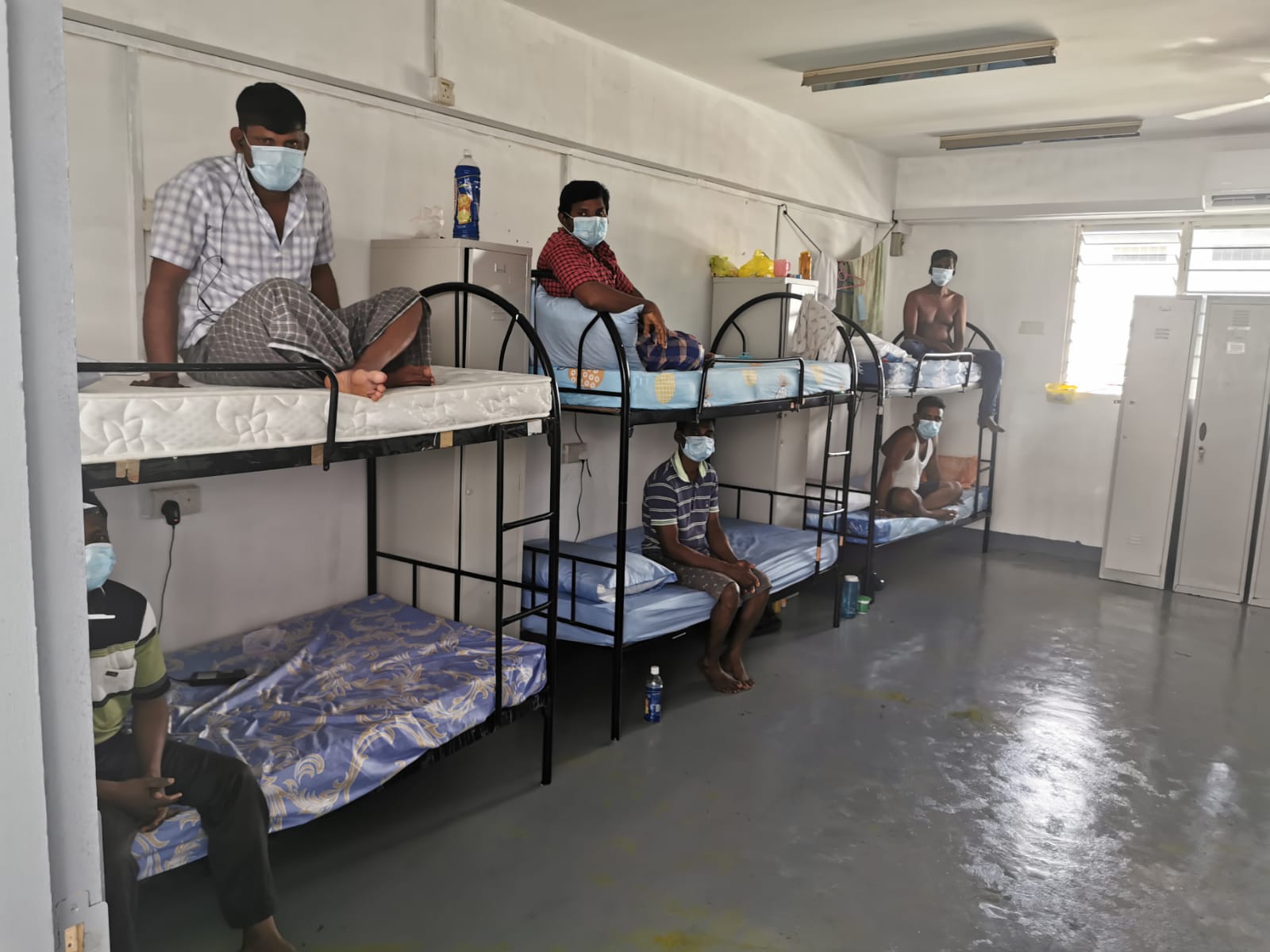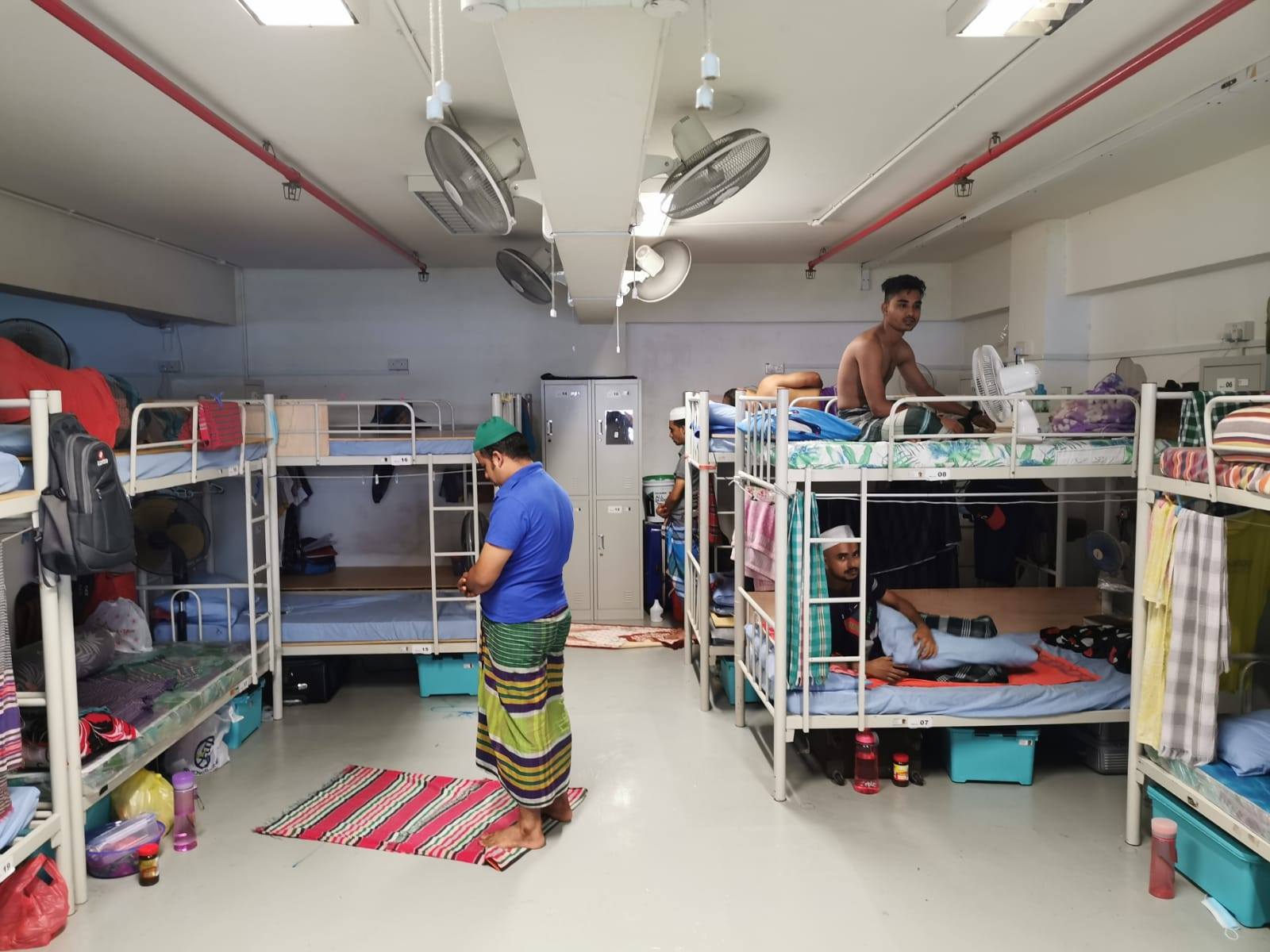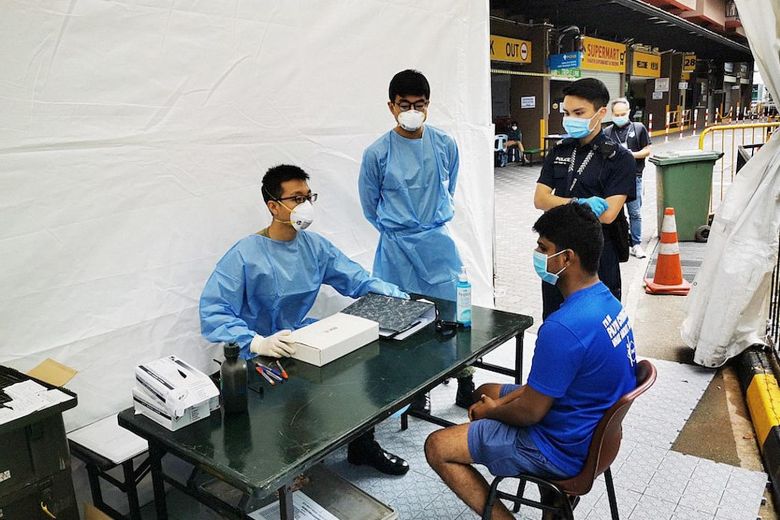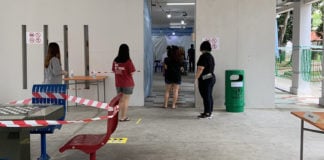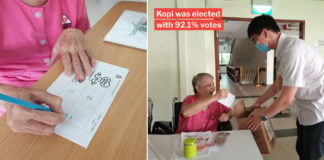Josephine Teo Explains Spike In Dormitory Cases, Shares 3-Pronged Approach To Contain Spread
Migrant workers have been at the center of Covid-19 reports in Singapore recently, with dormitory cases making up over 90% of the day’s count on 15 Apr.
Minister for Manpower Josephine Teo took to Facebook today (16 Apr) to explain the recent surge in cases, as well as share the ministry’s approach to contain the spread.
The post is rather extensive, so we’ve picked out the main points for you.
Josephine Teo explains spike in dormitory cases due to mingling
Mrs Teo shared her remarks from a press conference on 14 Apr, explaining the recent spike in dormitory cases.
She first noted that safe distancing measures such as staggered recreation and mealtimes, had already been in place at dormitories.
However, Covid-19 still spread among hundreds of migrant workers at an alarming rate.
The reason, she explained, was that they continued to mingle at work sites and other places on their off-days. Such activity contributed to the cluster at Mustafa Centre, where many of them shop.
3-pronged approach to curb spread in dormitories
Mrs Teo went on to emphasise that the Joint Interagency Task Force is using a “3-pronged” approach to limit the spread in dormitories.
The 3 parts of the approach are:
- Locking down dormitories with clusters and isolating infected workers
- Prevent new clusters from forming
- Separate those who work in essential services
It is an “immediate priority” to limit the number of infections and ensure the health of the workers, which is why the Task Force will be mobilised to handle this.
Locking down dormitory clusters & isolating positive cases
Dormitories with clusters will immediately go on lockdown. This means workers will have to stay in their rooms most of the time, and have minimum interaction.
Instead of cooking, they’ll receive regular meals, while those with communal toilets will get strictly scheduled shower times.
Preventing new clusters from forming
A majority of the dormitories here do not have clusters, and the task force intends to keep it that way with these measures.
Thus, those who have tested positive as well as their close contacts are isolated separately.
All dormitories will be effectively on lockdown as well, to reduce mingling and the possibility of another cluster forming.
Separating those who work in essential services
Around 7,000 workers are employed in essential services, and thus need to be well so they can continue working.
To keep them safe, the task force has separated them and moved them to separate facilities.
They were screened for symptoms before being transferred to their new accommodations, and are also advised to wear masks at all times. The workers have to eat meals alone at work, and minimise all interactions with each other.
Medical support & FAST teams to support dormitory operators
FAST teams – consisting of officers from Singapore Armed Forces (SAF), Singapore Police Force (SPF) and Ministry of Manpower (MOM) – will be deployed at all 43 dormitories to oversee safe distancing.
They officers will sort out issues the workers may have with food and hygiene, as well as attend to their feedback. FAST teams will also be at factory-converted dormitories soon.
More onsite medical support will be available as well. Doctors, nurses and technicians will be there to tend to workers’ needs, and decide whether they need further treatment or are exhibiting symptoms.
There are 8 medical posts at gazetted dormitories, and there are plans for more medical service points at all dorms.
Helping the workers adjust to new arrangements
Just like us, the workers have to spend the next few weeks within the walls of their residences.
They may find it difficult to adjust to the sudden influx of strict measures, but hopefully the these will be sufficient to see them through, comfortably.
We hope these measures prove effective at curbing the spread in dormitories, and keeping the workers safe and healthy.
Featured image adapted from YouTube and Facebook.

Drop us your email so you won't miss the latest news.
